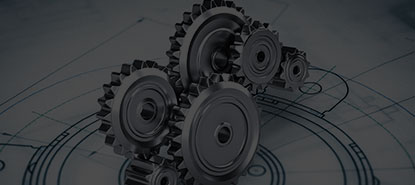Q1: What’s the difference between electric hoists and manual hoists?
A1:The main difference between electric and manual hoists is the power source. Electric hoists are powered by an electric motor, making them easier to lift heavy loads and suitable for high-frequency, long-duration use. They are more efficient when handling heavier weights. Manual hoists, on the other hand, rely on human effort to pull the chain for lifting. They are suitable for lighter loads and infrequent use, offering more portability.
Q2: What safety precautions should be taken when using a hoist?
A2:To ensure safe operation of a hoist, users should observe the following:
1. Ensure the hoist’s load capacity matches the weight of the load to avoid overloading.
2. Regularly inspect the hoist's chain and cables for wear and tear, and replace damaged parts promptly.
3. Always maintain a stable posture during operation and avoid standing directly under the suspended load.
4. Check that the hook and other accessories are securely fastened and will not loosen during use.
5. For electric hoists, follow electrical safety guidelines to prevent electrical malfunctions and accidents.
Q3: In what applications is an electric hoist suitable?
A3:Electric hoists are widely used in industrial and commercial environments, especially in heavy lifting, warehousing, and construction. They are ideal for operations that involve frequent lifting or handling heavy loads, such as factory assembly lines, warehouse storage and retrieval, port loading and unloading, and construction sites.
Q4: What is the maximum lifting height of a hoist?
A4:The maximum lifting height of a hoist depends on the specific model and design. Most standard electric hoists have a lifting height of 3 to 9 meters, but we also offer custom solutions based on customer needs. When selecting a hoist, it's important to consider both the required lifting height and any space constraints in your work environment.
Q5: How can I extend the lifespan of a hoist?
A5:To prolong the lifespan of your hoist, you should:
1. Regularly maintain it: Inspect key parts like the chain, motor, and brake system to ensure they are not worn or damaged.
2. Avoid overloading: Do not exceed the hoist's rated load capacity to prevent excessive wear.
3. Keep it clean: Regularly clean the hoist and its components to prevent dust and debris from entering the machinery.
4. Proper storage: Avoid storing the hoist in wet or harsh environments, especially the electric components, to prevent rust and malfunction.
Q6: Can a hoist be used outdoors?
A6:Hoists can be used outdoors, but it's important to choose a model designed for outdoor use, especially in harsh environments. For electric hoists, ensure they have adequate protection against water and dust (IP-rated). This will help improve safety and durability. In outdoor applications, it's important to protect the electrical parts from moisture to avoid short circuits and other issues.
Q7: How do I choose the right hoist model?
A7:When selecting a hoist, consider the following factors:
1. Load capacity: Choose a hoist that can safely handle the weight of the loads you intend to lift.
2. Lifting height: Select a hoist that meets your height requirements for the workspace.
3. Operating environment: Consider where the hoist will be used (indoor or outdoor, temperature, humidity, etc.) and select a model that suits the conditions.
4. Frequency of use: If you plan to use the hoist frequently, an electric hoist might be the better choice for increased efficiency.







